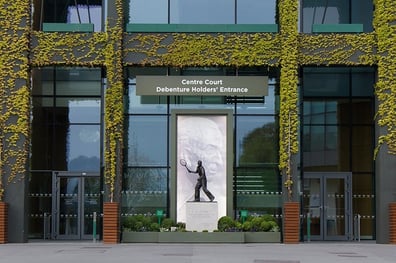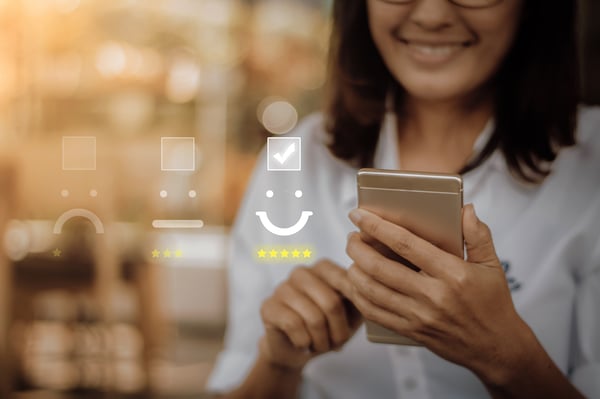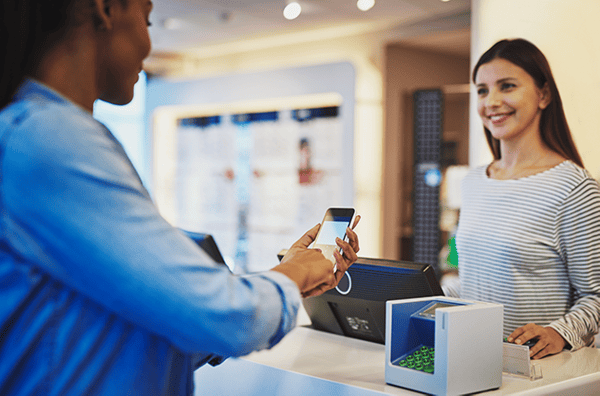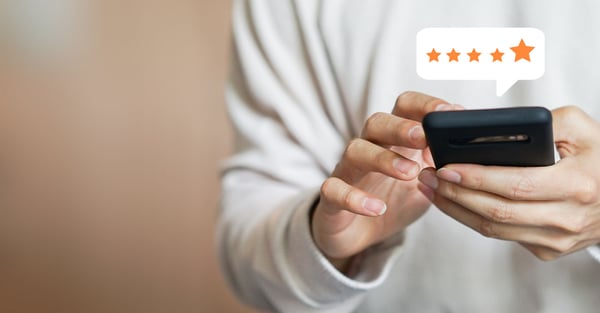- Blog Overview
- Knowledge
- Why Knowing Human Psychology is the First Step in a Great Customer Journey

Why Knowing Human Psychology is the First Step in a Great Customer Journey
Sven-Olof Husmark |March 31 2016 | 7 min

Do you like to stand in line? No. Of course you don’t. Ask anyone whether they like standing in line, and the answer will almost invariably be ‘no.’
Despite all the things we can do online, we still typically connect with products and services in a physical space. We might start our customer journey online, but we still go into places like stores, banks, hospital waiting rooms, concert halls, and sporting arenas all the time.
The tennis tournament Wimbledon is a great example. Even though it’s possible to buy tickets online and download them straight to your smartphone, you can also opt to buy real tickets, in person, on the day of the event – if you are prepared to stand in line. And many, many people do just that.
Being in the business of customer journey management, this fact got me a bit intrigued.
When people have to wait, they are often thinking about four main things.
- Uncertainty: People are unsure of where and how they should be in line, which line to choose, which will be fastest, and how long they might have to wait. These uncertainties lower general customer satisfaction.
- Unfairness: Perceived unfairness can damage the customer experience. Our ingrained sense of fairness tells us that “first come first served” or “most deserving first” are important, and if we’re made to wait, we might want to know whose fault it is that things aren’t moving along smoothly.
- The actual wait: Keep the actual wait time as short as possible. Shorter waiting yields higher customer satisfaction. Conversely, longer wait times raise the level of uncertainty and unfairness.
- The perceived wait: Despite the actual length of the wait, the perceived wait time often is over-estimated if the environment is not properly managed.
The Psychology of Waiting – And How to Use It
In almost every environment where people want to be, there are more customers than people to serve their needs. Lines and queues are unavoidable. Emotion and perception play major roles in the level of customer satisfaction related to wait times.
Human psychology comes into play when we start to consider not just what people think about the wait, but how the wait makes us feel. As a team of professionals with decades of experience in customer journey management solutions, we approach this consideration with a set of beliefs corresponding with the findings by the Harvard professor David Maister:
- Anxiety makes waits seem longer
- Occupied time feels shorter than unoccupied time
- People want to get started
- Solo waits feel longer than group waits
- The more valuable the service, the longer the customer will wait
- Uncertain waits are longer than known waits
- Unexplained waits are longer than explained waits
- Unfair waits are longer than equitable waits
People continue to opt to buy tickets at the Wimbledon ticket counter, which indicates they are willing to endure a wait. You could argue tradition –the on-site box office is a way Wimbledon has always sold tickets. Or you could argue value – people cherish the event. Nonetheless, it’s worth asking what organizers like Wimbledon can do to make the experience more enjoyable.
The answer comes down creating a process that is as smooth as possible. Provide clear signage, make sure that they have “all hands on deck,” and give visitors the sense that everyone is doing their best to provide a fair, efficient queue.
“Relevant distraction” is another excellent way to reduce perceived wait time. This tactic takes the form of entertainment, such as large media screens throughout the environment displaying appropriate, engaging material or entertainment. You see this technique at work in the queuing areas at amusement parks.
Gamification is a relatively new – and definitely groundbreaking – way to distract and delight customers while they’re waiting. Studies show that 83% of people use their phone while waiting, and 54% of those people use their phone to play games. With that in mind, Qmatic created Myfunwait®, the first combined queue management solution and gaming experience smartphone app.
Liseberg, the largest amusement park in Sweden, took this information and resource to heart and has very successfully implemented a synchronized gaming experience for people waiting in line. The games are relevant to the rides, and can only be played in line. Every 15 minutes, a player is announced as a winner. He or she gets to jump the queue. This innovative and fun tool motivates people to play, reduces perceived wait time, and engages them with the brand in a positive way.
To understand how important it is to focus on the waiting experience in your environment, all you have to do is think about how your own responses to queues. Human psychology doesn’t vary much from one person to another. If you would feel uncomfortable or impatient, chances are, so will your valued customer. It’s worth considering the many ways that you can start a positive customer journey from the first moment of engagement.
Topics
Customer Experience







